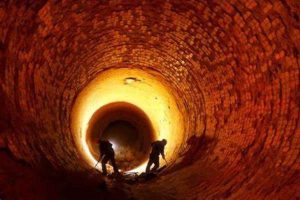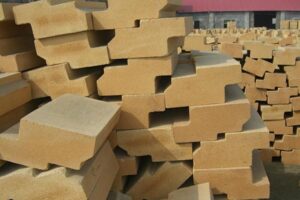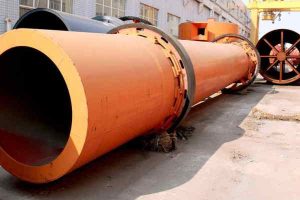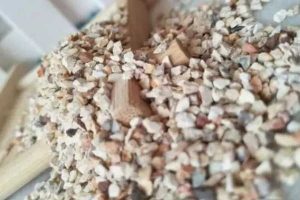Bata penebat haba refraktori boleh menjadikan operasi tanur lebih cekap tenaga dan hijau, dan memainkan peranan dalam menjimatkan bahan bakar ketika mengurangkan kehilangan haba.
Batu bata penebat haba refraktori digunakan secara meluas dalam pelbagai aplikasi suhu tinggi, Termasuk Industri Mesin Sintering Metalurgi Serbuk, relau rawatan haba, Tangki elektrolisis aluminium, seramik, bahan refraktori, bahan bangunan menembak tanur, pelbagai tungku elektrik industri petrokimia dan sebagainya.
Pada masa ini, Terdapat bahan penebat ringan siliceous, tanah liat, Alumina Tinggi, dan corundum, Berkenaan dengan pelbagai relau perindustrian, Mengikut keperluan yang berbeza dari persekitaran kerja dan tahap suhu relau, pemilihan pelbagai jenis dan ketebalan bahan, Bukan sahaja untuk penebat relau suhu tinggi tetapi juga untuk lapisan hubungan langsung dengan api.
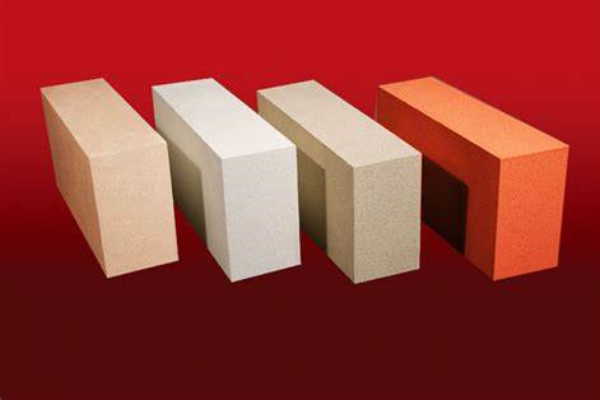
Ciri prestasi bata penebat haba refraktori
Pemindahan haba penebat haba refraktori melalui pemindahan fasa pepejal dan pemindahan melalui gas dalam dua bahagian. Pada suhu rendah, terutamanya pemindahan haba fasa pepejal. Pada suhu tinggi, Pemindahan haba fasa gas adalah penting.
Untuk mengurangkan pemindahan haba dalam fasa pepejal, adalah perlu untuk memilih fasa pepejal dengan kekonduksian terma yang rendah, dan juga perlu mengurangkan kawasan hubungan antara zarah pepejal.
Sebagai contoh, semakin kompleks struktur kristal, semakin banyak fonon bertaburan dan semakin rendah kekonduksian terma. Polycrystals mempunyai integriti dan keteraturan struktur yang lebih buruk, ditambah dengan kesan kekotoran dan gangguan sempadan bijian, dan mempunyai kekonduksian terma yang lebih rendah daripada kristal tunggal. Sekali lagi, liang -liang boleh menyebarkan fonon. Kilang -kilang bata refraktori kata itu: Secara umum, keliangan meningkat, yang dapat mengurangkan kekonduksian terma. Juga, Penggunaan mikrofon sfera, supaya haba hanya boleh dihantar melalui kawasan hubungan kecil di antara zarah, dapat mengurangkan kekonduksian terma pepejal.
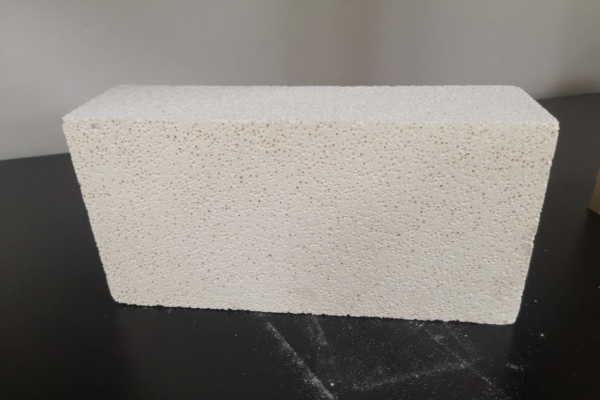
Kaedah pengeluaran bata penebat haba refraktori
(1) Kaedah pencetakan ikatan sfera berongga: Kaedah ini terutamanya melalui pengikat akan disediakan sebelum ini, dan kemudian dengan pengeringan dan menembak pada suhu yang sesuai untuk mendapatkan produk. Produk yang dihasilkan oleh kaedah ini murah dan sederhana, Tetapi mereka terdedah kepada penyingkiran dalam proses pencetakan, dan kerana perbezaan pengembangan haba antara pengikat dan agregat, Mereka terdedah kepada retak atau bahkan runtuh dalam proses pemanasan dan penyejukan berulang.
(2) pengisi yang telah dibakar sebelum dibakar: Kaedah kaedah proses ini mudah, kos rendah, dan merupakan kaedah pengeluaran utama pemeliharaan haba ringan berliang dan bahan penebat haba. Aditif mudah terbakar yang biasa digunakan adalah habuk papan, serbuk gabus, arang, abu antrasit, serbuk kok, sekam beras, zarah polistirena, zarah naphthalene, dan sebagainya.
(3) Kaedah Foaming Reaksi Kimia: Kaedah ini adalah penggunaan serbuk ejen pembentukan liang yang dicampur ke dalam buburan dan komponen fasa cecair untuk menghasilkan tindak balas kimia untuk melepaskan gas, supaya buburan menjadi buburan aliran berliang, dengan mencurahkan pencetakan, pengeringan, dan mendapatkan bilet berliang, dan kemudian penalaan suhu tinggi yang dibuat. Kaedah ini sesuai untuk pembuatan produk penebat haba oksida tulen, keliangan sehingga 55% -75%.
(4) Kaedah penolak bahan yang tidak menentu sebelum ini: Kaedah ini adalah perkara yang tidak menentu dicampur ke dalam buburan dan kemudian di bawah syarat -syarat tertentu untuk membuat sublimasi bahan yang tidak menentu untuk membentuk lubang udara.
(5) Kaedah pencetakan pra-bercampur-campur buih: Kaedah ini ditambahkan pada busa buburan (diperolehi oleh protein, sabun Rosin, Resin Sapon, dan ejen berbuih fizikal lain yang berbuih) bercampur untuk mendapatkan buburan buih, dan kemudian membuang pencetakan, Selepas pengeringan dan tembakan untuk mendapatkan bahan refraktik panas yang ringan.
Pada masa ini, Pengeluaran sebenar kaedah yang biasa digunakan ialah kaedah pengisi yang dibakar sebelum terbakar dan kaedah pencetakan yang disusun semula sebagai buih. Kekuatan dan kekonduksian terma bata pemanasan panas ringan yang dihasilkan dengan kaedah pengeluaran yang berbeza sangat berbeza.
Kandungan bata penebat haba refraktori diperkenalkan di sini, Saya harap dapat menolong anda, Sekiranya ada soalan lain, Selamat Datang untuk Call to Consult. Setiap refraktori sebagai pengeluar refraktori profesional, dengan kualiti yang baik, dan harga yang rendah. Setiap refraktori menggunakan proses dan peralatan pengeluaran automatik, Pengenalan Sistem Pemeriksaan Pengurusan Lanjutan dan Kualiti, Untuk memastikan bahawa setiap kumpulan refraktori dapat memenuhi keperluan pengguna, Dan kualiti produk itu layak mendapat kepercayaan anda. Kualiti produk layak mendapat kepercayaan anda.

